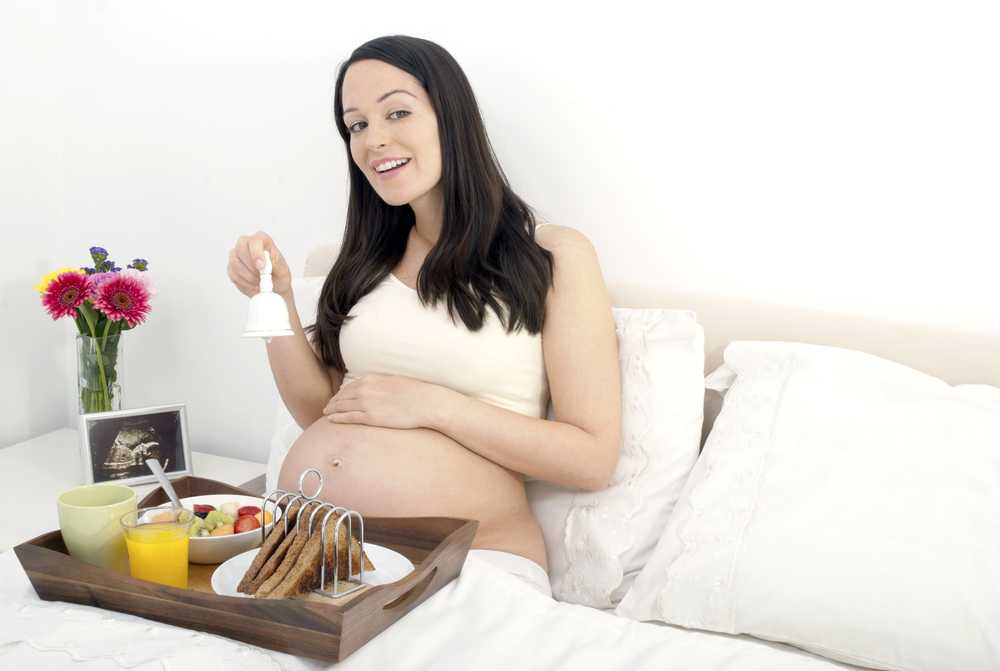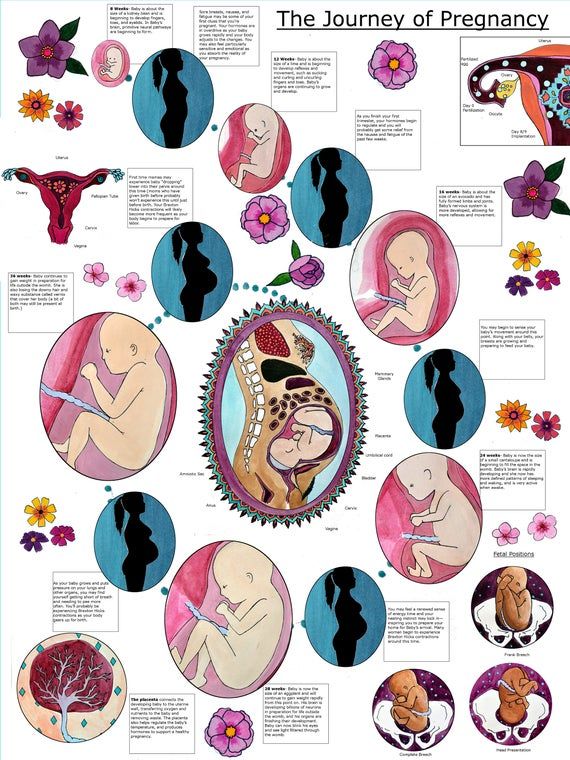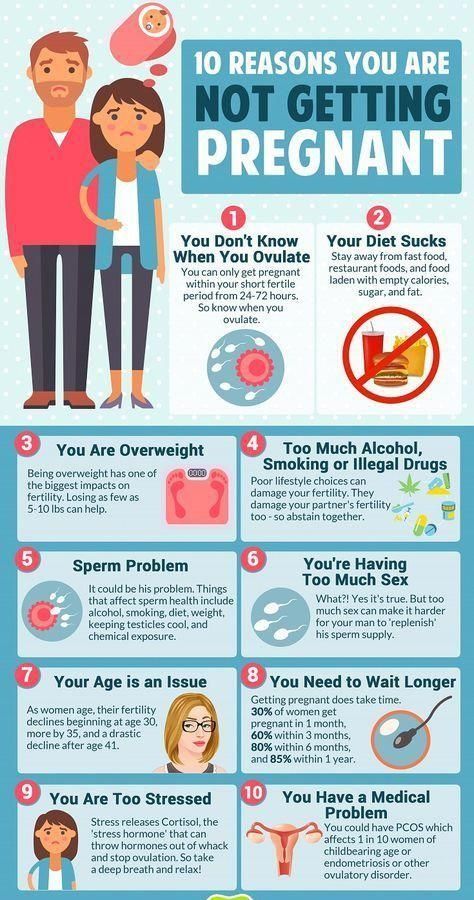Pregnancy chance days
Right Time For Sex , When Do You Ovulate ?
When are you more likely to conceive?
We’re talking about the 'fertile window’ – the days in a woman’s menstrual cycle when pregnancy is possible. The ‘fertile window’ depends on the length of the menstrual cycle, which varies among women.
The ‘fertile window’ is the day an egg is released from the ovary (ovulation) and the five days beforehand. Having sex (intercourse) during this time gives you the best chance of getting pregnant.
Ovulation Calculator
What day did you your most recent period start?
Number of days in your cycle Please select20 Days21 Days22 Days23 Days24 Days25 Days26 Days27 Days28 Days29 Days30 Days31 Days32 Days33 Days34 Days35 Days36 Days37 Days38 Days39 Days40 Days41 Days42 Days43 Days44 Days45 Days
Your ovulation day
Most fertile time
-
What is an ovulation calculator and how does it help you get pregnant?
This ovulation calculator or ovulation calendar can help you work out your most fertile time.
These are the days you are most likely to get pregnant.
It can also estimate your due date if you do become pregnant during your next fertile days.
Others ways to help you work out when you're ovulating:
- Notice changes in vaginal mucus
A few days before ovulation, you may notice your vaginal mucus becomes clear, slick and slippery, and feels a bit like egg white.
This is a sign that ovulation is about to happen. It’s the best time to have sex, as sperm travel more easily in this kind of mucus.
- Use an ovulation predictor kit
You can use a predictor kit from a supermarket or pharmacy, to test your urine for signs of ovulation. If you start testing your urine a few days before the day you next expect to ovulate, a positive result means you are going to ovulate within the next 24 to 36 hours (one to two days).
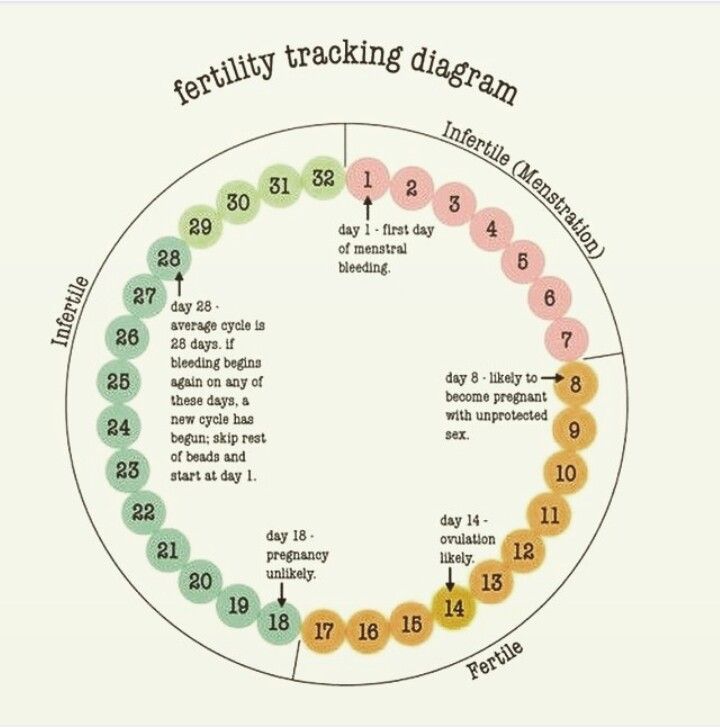
-
Facts about timing
Ovulation is when a mature egg is released from the ovary. The egg then moves down the fallopian tube where it can be fertilised. If sperm are in the fallopian tube when the egg is released, there is a good chance that the egg will be fertilised, creating an embryo, which can grow into a baby.
Pregnancy is technically only possible if you have sex during the five days before ovulation or on the day of ovulation. But the most fertile days are the three days leading up to and including ovulation. Having sex during this time gives you the best chance of getting pregnant.
By 12-24 hours after ovulation, a woman is no longer able to get pregnant during that menstrual cycle because the egg is no longer in the fallopian tube.
There’s almost no chance of getting pregnant if you have sex before or after the fertile window (but if you’re not trying to get pregnant, don’t rely on this – contraception is your best option!).

-
How to know when you’re ovulating
Knowing when you ovulate can help you plan for sex at the right time and improve your chance of getting pregnant. You can keep track of your menstrual cycles on a chart, in a diary, or on a free period-tracker app on your smartphone.
To work out the length of your menstrual cycle, record the first day you start bleeding (first day of your period). This is day 1. The last day of your cycle is the day before your next period begins.
- What is a ‘menstrual cycle’ and a ‘period’?
Some people think the ‘menstrual cycle’ and a ‘period’ are the same thing.
A period is when you bleed (or menstruate).
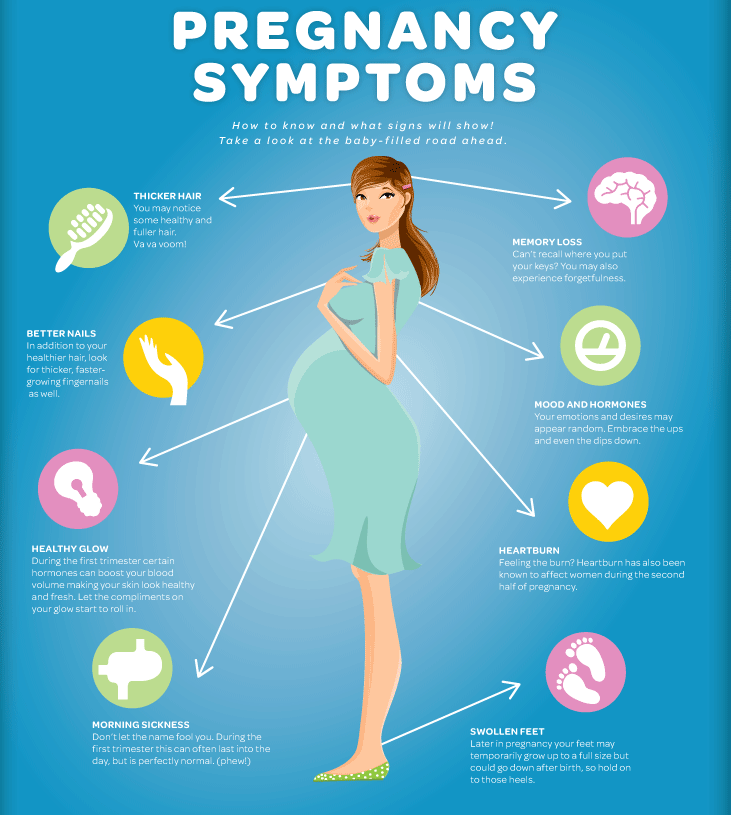
A menstrual cycle starts on the day when a period starts (day 1) and ends the day before the next period. A cycle’s length is considered normal if it’s between 21 and 35 days. They can vary between women and from one cycle to the next.
- Working out your ‘average’ menstrual cycle length
If your menstrual cycles are different lengths (most women’s cycles are) you can work out your average cycle length.
The number of days in a woman’s menstrual cycle can vary month to month. Periods are not always regular. It can be useful to work out an ‘average’ cycle length, based on the length of three menstrual cycles, to estimate when you’re most likely to be ovulating.
If you add the number of days in three cycles and divide the total number by three, it gives you your average cycle length.
Example
Sarah tracked her last three menstrual cycles by counting the time from the first day of one period, to the day before the next period.

Cycle 1 was 28 days; Cycle 2 was 32 days; Cycle 3 was 27 days
28 + 32 + 27 = 87
87 divided by 3 = 29
So the average length of Sarah’s menstrual cycles is 29 days.
- Working out your most fertile days
When you know your average menstrual cycle length, you can work out when you ovulate.
Ovulation happens about 14 days before your period starts.
- If your average menstrual cycle is 28 days, you ovulate around day 14, and your most fertile days are days 12, 13 and 14.
- If your average menstrual cycle is 35 days ovulation happens around day 21 and your most fertile days are days 19,20 and 21.
- If you have shorter cycles, say 21 days, ovulation happens around day 7 and your most fertile days are days 5, 6 and 7.
Your most fertile days are the three days leading up to and including the day of ovulation.

Some women have very irregular cycles or find it difficult to work out an average cycle length. This can make it hard to work out when ovulation happens. If it’s all too hard, having sex every 2-3 days covers all bases and improves your chance of getting pregnant.
Myth busting
- MYTH
A woman can get pregnant any time of the month.
- FACT
A woman can only get pregnant on a few days during her menstrual cycle.
Why?
Because eggs and sperm only live for a short time:
- Sperm live for around five days.
- Eggs can only be fertilised for around 24 hours (one day) after being released from the ovary.
Eggs and sperm need to come together at the right time for fertilisation to happen to create an embryo.
Getting the timing right
If you're trying to get pregnant, timing is everything. Dr Karin Hammarberg explains how to work out when you are ovulating and the right time to have sex to improve your chance of pregnancy.
-
What are the chances?
Having sex as close as possible to the time of ovulation increases the chance of pregnancy.
If a woman has sex six or more days before she ovulates, the chance she will get pregnant is virtually zero.
If she has sex five days before she ovulates, her probability of pregnancy is about 10 percent.
If she has sex on the day of ovulation, or the two days before, the chance of getting pregnant is around 30 percent.
These are average figures and depend on a woman’s age.
When does preconception health begin?
Professor Sarah Robertson, Director of Robinson Research Institute, University of Adelaide, highlights the key time before pregnancy that your health is most important to ensure your child has the best start to life.
How to know you are ovulating
Kerry Hampton, a registered nurse and fertility specialist, discusses the importance of fertility awareness, and how to determine your fertile window to improve your chances of conceiving.
- References
- American Society for Reproductive Medicine, Optimizing natural fertility, https://www.reproductivefacts.org/news-and-publications/patient-fact-sheets-and-booklets/documents/fact-sheets-and-info-booklets/optimizing-natural-fertility/
- Berglund Scherwitzl, et al. (2015). Identification and prediction of the fertile window using Natural Cycles. The European Journal of Contraception and Reproductive Health Care, 20(5), 403-408. doi:10.3109/13625187.2014.988210
- Ecochard, R., et al. (2015). Self-identification of the clinical fertile window and the ovulation period.
 Fertility and Sterility, 103(5), 1319-1325.e1313. doi: http://dx.doi.org/10.1016/j.fertnstert.2015.01.031
Fertility and Sterility, 103(5), 1319-1325.e1313. doi: http://dx.doi.org/10.1016/j.fertnstert.2015.01.031 - Pfeifer, S., et al. (2017). Optimizing natural fertility: a committee opinion. Fertility and Sterility, 107(1), 52-58. doi: 10.1016/j.fertnstert.2016.09.029
- Stanford, J. B. (2015). Revisiting the fertile window. Fertility and Sterility, 103(5), 1152-1153. doi: http://dx.doi.org/10.1016/j.fertnstert.2015.02.015
- Stanford, et al. (2002). Timing intercourse to achieve pregnancy: current evidence. Obstetrics and Gynecology, 100(6), 1333-1341.
- Stephenson, J., et al. (2018). Before the beginning: nutrition and lifestyle in the preconception period and its importance for future health. The Lancet, 10.1016/S0140-6736(18)30311-8 doi: 10.1016/S0140-6736(18)30311-8
- Vélez, M. Pet al. (2015). Female exposure to phenols and phthalates and time to pregnancy: the Maternal-Infant Research on Environmental Chemicals (MIREC) Study. Fertility and Sterility.
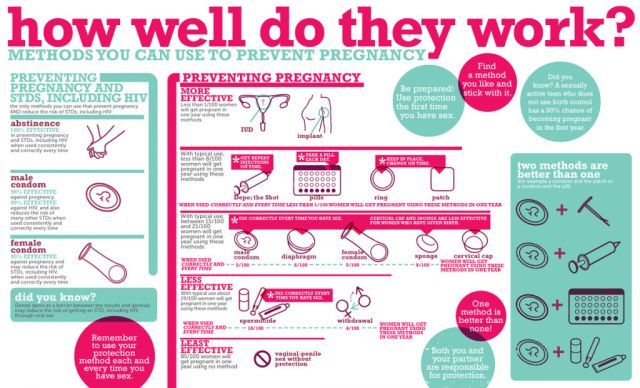 doi: 10.1016/j.fertnstert.2015.01.005
doi: 10.1016/j.fertnstert.2015.01.005 - Verón, G. L., et al. (2018). Impact of age, clinical conditions, and lifestyle on routine semen parameters and sperm kinematics. Fertility and Sterility, 110(1), 68-75.e64. https://doi.org/10.1016/j.fertnstert.2018.03.016
- Waylen, A. Let al. (2009). Effects of cigarette smoking upon clinical outcomes of assisted reproduction: a meta-analysis. Hum Reprod Update, 15(1), 31-44.
- Zenzes, M. T. (2000). Smoking and reproduction: gene damage to human gametes and embryos. Hum Reprod Update, 6(2), 122-131.
Page created on: 28/08/2018 | Last updated: 08/03/2023
How to increase your chance of getting pregnant
If you want a baby, here are five tips to increase your chance of getting pregnant.
- Know when you ovulate
Pregnancy is only possible if you have sex during the five days before ovulation or on the day of ovulation. This is called the fertile window. Having sex during the fertile window, especially the three days leading up to and including ovulation, gives you the best chance of getting pregnant.
This is called the fertile window. Having sex during the fertile window, especially the three days leading up to and including ovulation, gives you the best chance of getting pregnant.
So how do you know when you’re ovulating? It depends on the length of your menstrual cycle. It happens about 14 days before your period starts so if your average cycle is 28 days, day one is the first day of your period and you ovulate around day 14. This means your most fertile days for sex are days 12, 13 and 14.
If your average menstrual cycle is 35 days, ovulation happens around day 21 and your most fertile days for sex are days 19, 20 and 21.
If you have a shorter cycle, say 21 days, ovulation happens around day seven and your most fertile days are days five, six and seven.
Use this ovulation calculator to help you pinpoint your fertile window.
If you have an irregular cycle and can’t work out when you ovulate, having sex every two to three days should improve your chance of getting pregnant.
- See your GP for a preconception health check
See your GP for a preconception check-up to make sure you are as healthy as possible before trying for a baby. Your GP can also check your vaccinations are up to date so you have immunity against infections that could harm a baby. Complete our preconception health checklist and take it to your appointment.
- Eat well and exercise
For women and men, working towards a healthy weight increases the chance of pregnancy. Being in good shape will not only boost your fertility and your general health, it will also give your baby the best start in life.
Carrying extra weight can cause problems with hormone levels, which can affect the menstrual cycle, and the quality of a woman’s eggs and a man’s sperm. The good news is that making some changes, like eating healthy food and being physically active, can put you on a pathway to a healthier weight.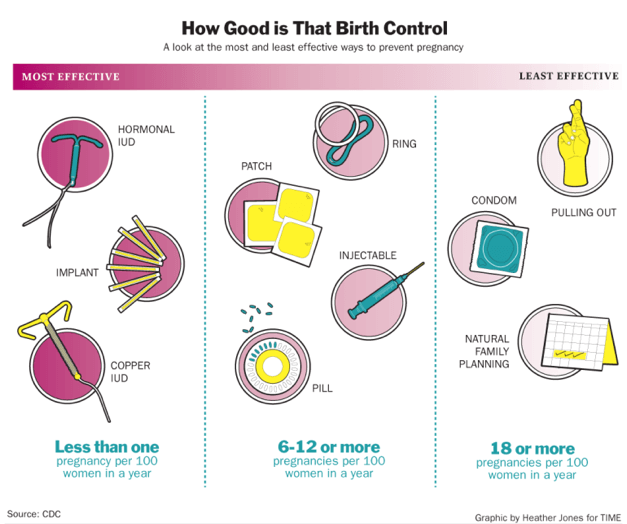 It can be hard but losing even a few kilos can make a big difference.
It can be hard but losing even a few kilos can make a big difference.
- Look after your health
For both women and men, the lead up to pregnancy is just as important as being healthy during pregnancy. You can do this by:
• taking the right dose of folic acid and iodine (for women)
• not smoking
• cutting out alcohol and recreational drugs
• discussing the safety of any medication or complimentary therapies you are taking with your doctor
• limiting your caffeine intake
• avoiding some chemicals commonly found in the home or workplace
• making sure your vaccinations, especially German Measles (Rubella), are up to date.
- Get help if you have trouble getting pregnant
About one in six couples experience fertility problems, so if you’re aged under 35 and haven’t conceived after a year, talk to your GP about it. If you’re 35 or older, visit your GP after six months of trying without success.
Some medical conditions can affect your chance of getting pregnant including:
• polycystic ovary syndrome (PCOS)
• endometriosis
• diabetes
• cancer treatment.
If either partner has a medical condition, talk to your doctor to make sure it’s under control before trying for a baby.
obstetrician-gynecologist, doctor of the highest category Starostina Antonina Viktorovna.
The problem of contraception sooner or later confronts every person who is sexually active and thinks about his future. Contraception is not only protection against unwanted pregnancy. This is the preservation of your health and the way to the birth of a healthy child when you want it.
- Physiological method of contraception.
Many use the so-called physiological method. It is based on the fact that a woman can become pregnant only on the days of the cycle close to ovulation - the release of an egg ready for fertilization from the ovary. With an average 28-day cycle, the “dangerous” days for conception will be from the 10th to the 17th day of the cycle. Days 1 to 9and 18 to 28 are considered "safe". This method can only be used with a regular menstrual cycle. If the cycle length is different, the dangerous days are corrected taking into account the fact that for any cycle length, ovulation occurs approximately 2 weeks before menstruation (and not in the middle of the cycle!). "Dangerous" will be 4-5 days on both sides of the expected ovulation. Before applying the method, it is recommended to take into account the average cycle duration for the last six months. However, in this form, the physiological method is not reliable enough and, therefore, it must be supplemented with more accurate data on the timing of ovulation. Now on sale are convenient and inexpensive home tests to determine the day of ovulation by the rise in the level of luteinizing hormone in the woman's urine.
Days 1 to 9and 18 to 28 are considered "safe". This method can only be used with a regular menstrual cycle. If the cycle length is different, the dangerous days are corrected taking into account the fact that for any cycle length, ovulation occurs approximately 2 weeks before menstruation (and not in the middle of the cycle!). "Dangerous" will be 4-5 days on both sides of the expected ovulation. Before applying the method, it is recommended to take into account the average cycle duration for the last six months. However, in this form, the physiological method is not reliable enough and, therefore, it must be supplemented with more accurate data on the timing of ovulation. Now on sale are convenient and inexpensive home tests to determine the day of ovulation by the rise in the level of luteinizing hormone in the woman's urine.
- Coitus interruptus.
This method of preventing pregnancy is based on the ability of a man to feel the moment of ejaculation. Feeling the approach of orgasm, the partner removes the penis from the vagina so that sperm does not get there. Many consider interrupted intercourse to be the "easiest and most natural" method of contraception. However, this is not quite true. The main disadvantage of this method is its low efficiency - only 40-50%. Pregnancy can occur for the following reasons: firstly, in many men, the release of sperm begins long before the final ejaculation, this process cannot be felt and therefore cannot be controlled. If we consider that the first portions of sperm contain the largest number of spermatozoa, then the unreliability of interrupted intercourse becomes obvious and understandable. Secondly, even experienced partners do not always manage to avoid getting sperm on the woman's genitals, in this way the seminal fluid can easily penetrate the vagina. Coitus interruptus is associated with a certain psychological stress and dissatisfaction: a man has to control his feelings all the time, a woman worries whether her partner will be able to stop in time - such emotions can in no way be considered “natural”.
Many consider interrupted intercourse to be the "easiest and most natural" method of contraception. However, this is not quite true. The main disadvantage of this method is its low efficiency - only 40-50%. Pregnancy can occur for the following reasons: firstly, in many men, the release of sperm begins long before the final ejaculation, this process cannot be felt and therefore cannot be controlled. If we consider that the first portions of sperm contain the largest number of spermatozoa, then the unreliability of interrupted intercourse becomes obvious and understandable. Secondly, even experienced partners do not always manage to avoid getting sperm on the woman's genitals, in this way the seminal fluid can easily penetrate the vagina. Coitus interruptus is associated with a certain psychological stress and dissatisfaction: a man has to control his feelings all the time, a woman worries whether her partner will be able to stop in time - such emotions can in no way be considered “natural”.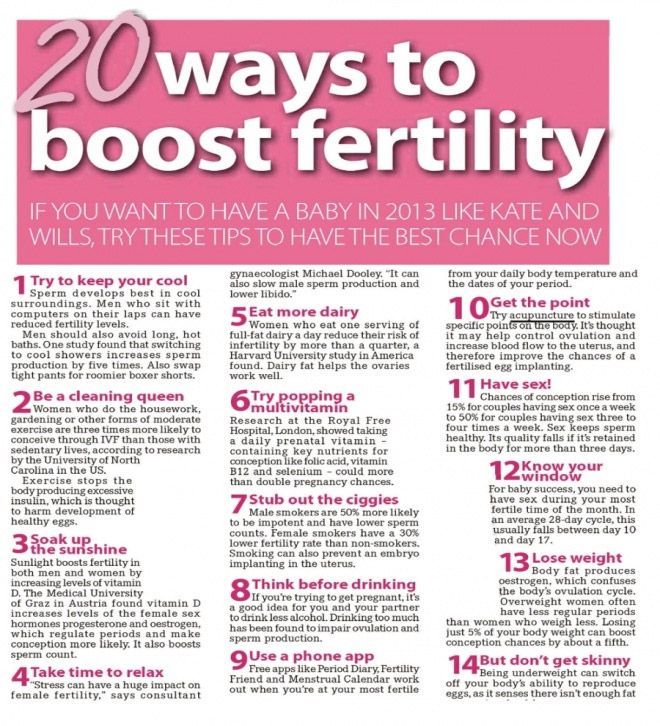 Prolonged use of interrupted intercourse can cause a weakening of erection in a man, premature ejaculation and even impotence. Women experience various psychological disorders, in some cases there is anorgasmia (the inability to achieve orgasm). Therefore, coitus interruptus cannot be considered a method of contraception.
Prolonged use of interrupted intercourse can cause a weakening of erection in a man, premature ejaculation and even impotence. Women experience various psychological disorders, in some cases there is anorgasmia (the inability to achieve orgasm). Therefore, coitus interruptus cannot be considered a method of contraception.
- Male condom.
The advantage of this method is that it protects against HIV and other sexually transmitted infections and is easy to use.
What is the disadvantage?
1. May tear
2. Having to put it on at the wrong time for extraneous manipulation.
The effectiveness of a condom is 98-99%, but in practice these figures are much lower - about 90%. The reliability of this method depends on its correct application. Many people think that it is enough to put on a condom just before ejaculation. This is wrong, since more than half of men begin to produce seminal fluid long before the onset of "final ejaculation".
- Chemical contraceptives: suppositories, ointments, creams
These preparations are inserted into the vagina 10-15 minutes before sexual intercourse and should not be washed off with detergents for two hours after. With each subsequent sexual intercourse, a new dose of the drug is used.
- Intrauterine contraceptives.
Intrauterine devices (IUDs). They come in various shapes and sizes, may contain various chemical elements: copper, silver, gold, hormones. The IUD is inserted on the 3rd or 4th day of menstruation. before insertion, you need to take a smear and blood for HIV, syphilis, hepatitis. The IUD can remain in the uterine cavity for up to 5 years. There are clear contraindications for the IUD. The gynecologists of the center will help you determine whether the IUD is suitable for you or not, as well as install it in the uterine cavity.
- Hormonal contraception.
The world's most popular method of contraception is hormonal.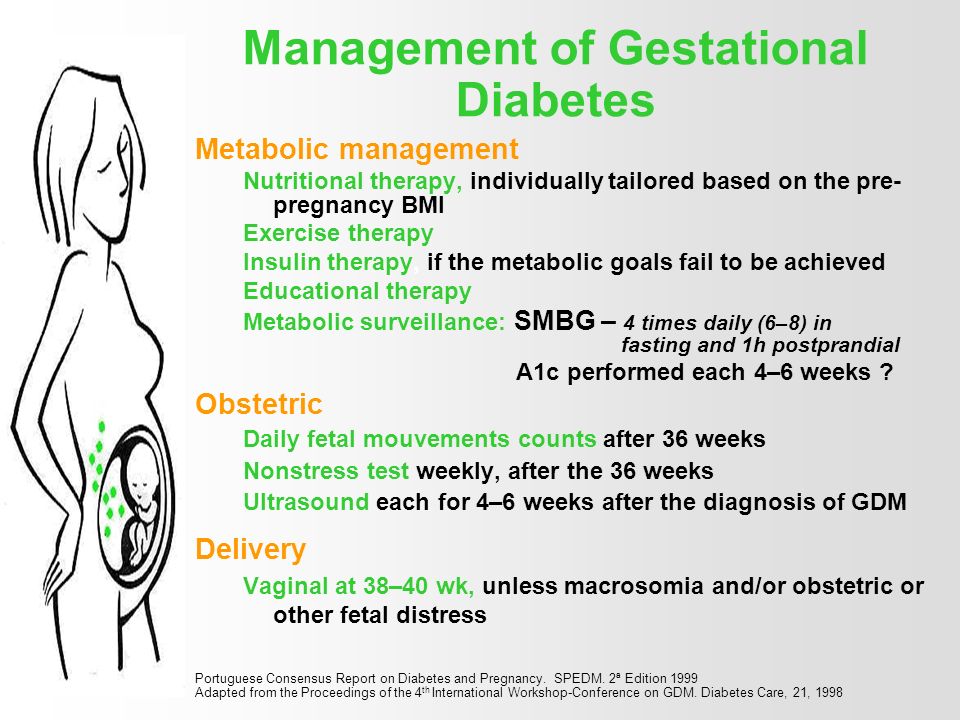 When taken correctly, oral contraceptives provide almost 100% reliability. The most popular of the hormonal contraceptives are COCs containing gestogens and estrogens. Women who regularly take hormonal contraceptives are less likely to get inflammatory diseases of the uterus and appendages, as well as endometrial cancer, ovarian cancer and mastopathy. When taking COCs, the menstrual cycle normalizes (the female sexual cycle increases by 28 days). The role of hormonal contraceptives in the treatment and prevention of various diseases is well known, including infertility and miscarriage, excessive hair growth and acne, endometriosis and other diseases. Many women are still afraid to take birth control pills for fear of gaining excess weight. Modern drugs contain minimal amounts of hormones, so they very rarely give complications and can be used without interruption for years, of course, with appropriate medical supervision.
When taken correctly, oral contraceptives provide almost 100% reliability. The most popular of the hormonal contraceptives are COCs containing gestogens and estrogens. Women who regularly take hormonal contraceptives are less likely to get inflammatory diseases of the uterus and appendages, as well as endometrial cancer, ovarian cancer and mastopathy. When taking COCs, the menstrual cycle normalizes (the female sexual cycle increases by 28 days). The role of hormonal contraceptives in the treatment and prevention of various diseases is well known, including infertility and miscarriage, excessive hair growth and acne, endometriosis and other diseases. Many women are still afraid to take birth control pills for fear of gaining excess weight. Modern drugs contain minimal amounts of hormones, so they very rarely give complications and can be used without interruption for years, of course, with appropriate medical supervision.
How to recognize fertile days and ovulation?
In Brief Determining your fertile days allows a woman to consciously plan her pregnancy and increase her chances of becoming pregnant.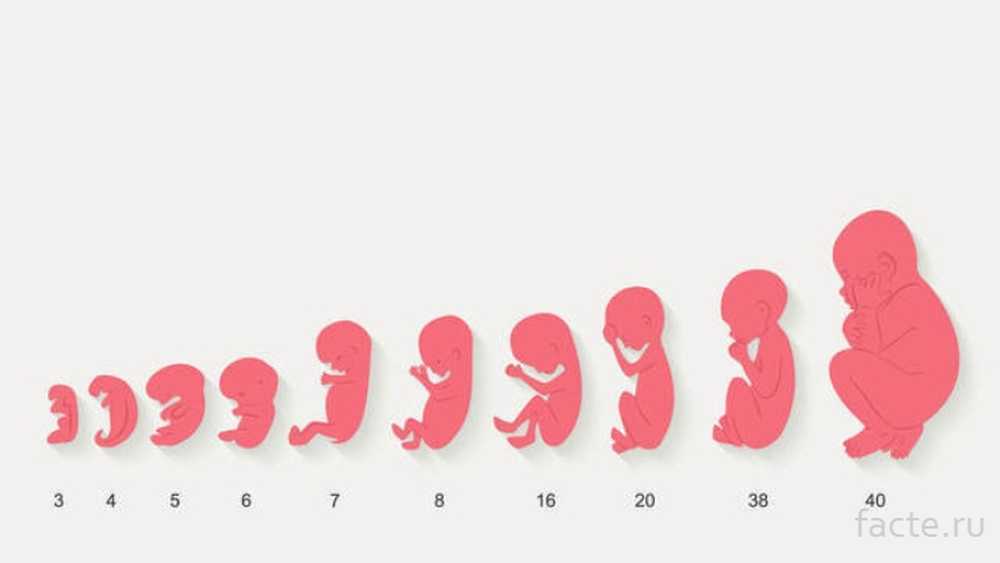 There are several ways to determine fertile days. They differ in both accuracy and method.
There are several ways to determine fertile days. They differ in both accuracy and method.
How to recognize fertile or fertile days?
The beginning of a woman's menstrual cycle is considered the first day of menstruation (bleeding) and the day before the next menstruation (until the next bleeding). One menstrual cycle has an average of 5 to 7 fertile days. The number of these days is related to both ovulation and the length of time that sperm cells survive in a woman's body.
Ovulation lasts about 24 hours and occurs 14 days before menstruation, but spermatozoa can survive in a woman's genitals for 5-7 days, waiting for their chance to fertilize an egg. Thus, sexual intercourse a few days before ovulation can lead to pregnancy. Often women wonder which method to choose to determine the day of ovulation? Are basal temperature measurements enough to determine ovulation? How many days is vaginal mucus favorable for sperm activity? How does vaginal mucus change after ovulation? When to start ovulation monitoring? How to make a calendar favorable for conception? Should I use ovulation tests? What body signals can indicate ovulation? We will try to answer these questions below.
Do you have any questions? Contact us!
Ovulation monitoring
The most accurate monitoring of the menstrual cycle is carried out by a gynecologist using ultrasound. This is a painless examination carried out on certain days. Usually, 3-4 ultrasound examinations are performed during one cycle. Its purpose is to determine the course of the menstrual cycle, the growth of follicles, as well as their quantity, quality, rupture, while simultaneously monitoring the state of the endometrium. Ultrasound examinations allow you to accurately determine the day of ovulation and, thus, fertile days.
The first examination is usually carried out by a doctor on the fifth day of the cycle, after which the following are observed:
- follicle growth,
- endometrial thickness,
- cervical mucus quality.
After the day of ovulation, the doctor checks whether ovulation has actually taken place. This is evidenced by “traces” of follicle rupture or the presence of a corpus luteum in the ovary.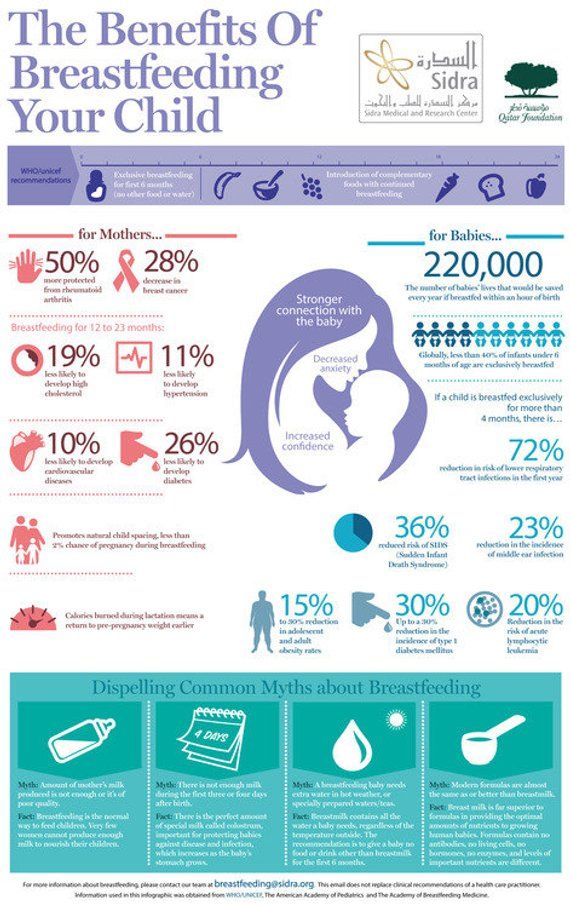 Ovulation monitoring also makes it possible to identify possible causes, difficulties in pregnancy. An accurate diagnosis of ovulation monitoring is provided by the Fertility Clinic.
Ovulation monitoring also makes it possible to identify possible causes, difficulties in pregnancy. An accurate diagnosis of ovulation monitoring is provided by the Fertility Clinic.
Fertile days calendar
In turn, the easiest way to determine the date of ovulation is method based on the calculation of the average length of the menstrual cycle based on the duration of the cycle for several months. Based on this, you can roughly determine the date of the next menstruation. To calculate the day of ovulation, subtract 12 from the length of the menstrual cycle, and then 4 days.
For example, in the case of a 28-day cycle, it looks like this: 28-12 = 16, and in the next step 16-4 = 12. This means that ovulation can occur between 12 and 16 days of the cycle. The method is simple, but unfortunately there is a very high error rate.
A woman's menstrual cycle is variable and influenced by many factors such as:
- Diet
- Stress
- Colds
- Climate
This method does not work for irregular cycles.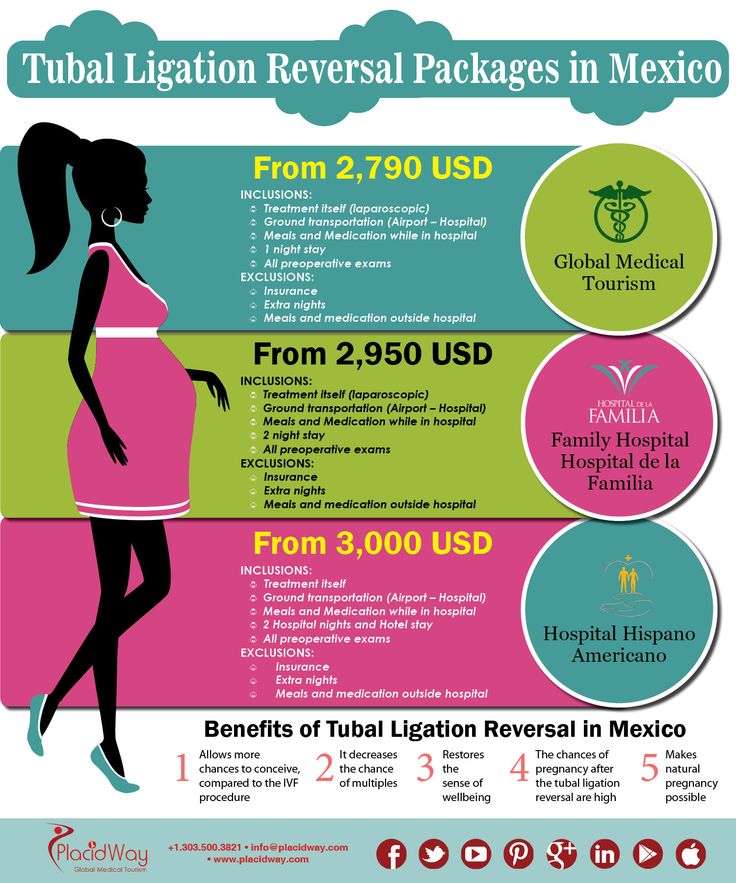
How many days is mucus favorable for conception?
Expected ovulation can also be determined by monitoring vaginal mucus. Often women ask how many days mucus favorable for conception can be observed. It is worth remembering that this is due to fertile days of about 5-7 days. On fertile days, the mucus is clear, slippery, sticky, and elastic, reminiscent of fresh egg white. Such mucus has a favorable pH for spermatozoa and facilitates their survival and movement. After ovulation, the amount of vaginal mucus decreases, it turns white, thickens and loses viscosity. This is how it stays until menstruation. Immediately after menstruation, the secretion of mucus is reduced until the secretion of mucus favorable for conception begins. The mucus monitoring method does not confirm ovulation, it is only a sign that ovulation is approaching. Also, be aware that some medications can interfere with mucus production, so this will not indicate ovulation is near.
Temperature increase after ovulation
Changes in body temperature can also be used to determine ovulation. After ovulation, the corpus luteum forms in the ovary, which secretes progesterone, and this, in turn, causes an increase in temperature by about 0.2 - 0.6 degrees Celsius. The temperature rises about 24 hours after the egg is released from the ovary, so measuring it can only serve to confirm ovulation, and this information can be used to determine the optimal time for conception in the next cycle. With regular menstruation, if the temperature rises, for example, systematically on the 16th day of the cycle, then ovulation occurs 1-2 days earlier, i.e. fertile days fall on the 13th, 14th and 15th days of the cycle.
After ovulation, the corpus luteum forms in the ovary, which secretes progesterone, and this, in turn, causes an increase in temperature by about 0.2 - 0.6 degrees Celsius. The temperature rises about 24 hours after the egg is released from the ovary, so measuring it can only serve to confirm ovulation, and this information can be used to determine the optimal time for conception in the next cycle. With regular menstruation, if the temperature rises, for example, systematically on the 16th day of the cycle, then ovulation occurs 1-2 days earlier, i.e. fertile days fall on the 13th, 14th and 15th days of the cycle.
However, in order for measurements of ovulation temperature to be reliable, it is necessary:
- do this every morning
- at a certain time, immediately after waking up
- take the temperature in the vagina or in the mouth.
With this method, a very high percentage of error is possible, since many other factors related to general health can influence the temperature increase without hormonal fluctuations.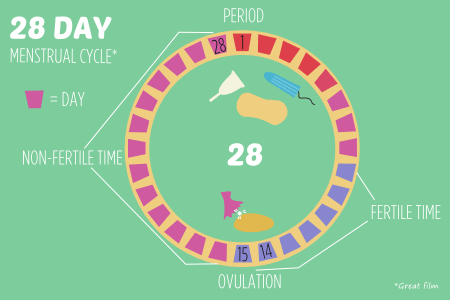
Ovulation Tests
Available ovulation tests detect increases in luteinizing hormone levels. This hormone ensures the rupture of the walls of the follicle and the release of the egg. For regular cycles, such as 28-30 day cycles, tests should be performed around day 10-11 of the menstrual cycle. They are carried out in a similar way to a pregnancy test with morning urine. A positive test means that you will ovulate in about 24-36 hours.
How to recognize ovulation? - blood tests
When assessing the course of ovulation, a progesterone test is also used, which is carried out on the basis of a blood test. This test allows you to confirm the presence of ovulation in the corresponding cycle. With a 28-day cycle, it is carried out on the 21st day. If menstruation is irregular, the examination should be carried out 7-8 days after a positive ovulation test.
Body Signals
Many women experience no symptoms during their fertile days, but some experience improved mood and increased libido.
